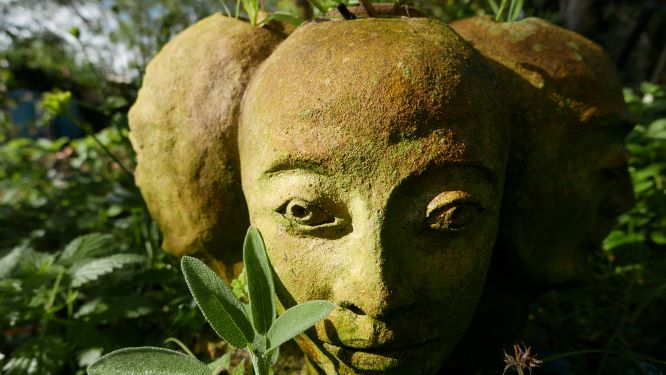
My dear friend Christine died in 2007. We met in the 90’s when we both bowled up at the University of East Anglia to study the person-centred approach under the guidance of Professor Brian Thorne and Dr Judy Moore. We became firm friends. In 2021 I have finally self published the story she wrote about her involvement in a ‘caper’ that aimed to change the world. Here is the introduction:
The existence of the ‘underground’ in the 60’s and 70’s was known to those ‘in it’ and unknown and potentially unimaginable to those that were not.
Despite the cultural revolution that was taking place, there was a kind of obstinate denial by those in the seats of power of the deep changes that were in action across much of the Western world, now influenced by Eastern philosophies, alarmed by the Vietnam War , the legacy of the slave trade, the nuclear threat and the environmental crisis. This societal division may explain the harsh treatment that was met on my friend Christine Bott when she was arrested in 1977.
The British Government assured the World Health Conference (76) that the manufacture of the hallucinogenic drug, LSD ‘was certainly not taking place in the United Kingdom’.
Within months of this announcement the Operation Julie police team retrieved eighteen million dosage units from a small cottage in Tregaron Wales.
‘The Caper’ as Christine called it, grew out of the exploits of a handful of idealists, motivated by a genuine desire to change the whole of the western world.
Christine was in love and lived with the principal chemist, Richard Kemp. After her arrest she was sentenced to nine years in prison and then disappeared into anonymity.
Christine never wavered from her strongly held belief, up to her death in 2007, that LSD, used in the correct way at the right dose, could ‘bring about positive change in the world’.
You can find the book here https://www.facebook.com/ktazze